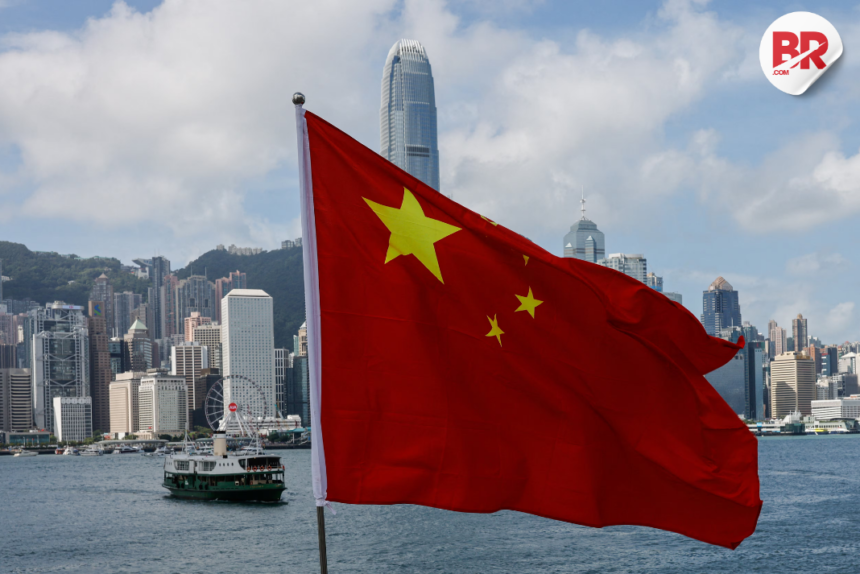
Li Chenggang Appointed as China’s Trade Envoy Amid Rising U.S. Tensions
In a significant move, China has appointed Li Chenggang as its new representative for international trade negotiations and vice minister of commerce. The announcement, made by China’s human resource ministry, comes at a crucial time as U.S.-China trade relations are at a standstill due to ongoing tariff disputes. Li Chenggang, with his deep diplomatic experience and trade expertise, is tasked with navigating these challenges and strengthening China’s position on the global trade stage.

Li Chenggang: A Veteran Diplomat Takes the Helm
Li Chenggang brings decades of experience to his new role. Having served in various key positions within China’s commerce ministry, he has played a critical part in shaping the country’s international trade policies. Li’s knowledge of trade law, market access, and intellectual property rights will be invaluable as he steps into this pivotal role. His appointment signals China’s intent to pursue more effective negotiations, especially with the United States.
Also Read: China Tariffs Skyrocket to 245%—Is This the Breaking Point in the U.S.-China Trade War?
Addressing U.S. Tariff Tensions
The ongoing trade war between the U.S. and China has caused significant economic strain on both sides. In recent years, the U.S. has imposed tariffs on a wide range of Chinese goods, while China has retaliated with its own set of tariffs. These escalating tensions have affected global markets, as the world’s two largest economies grapple with their trade imbalances.
Li Chenggang will be responsible for managing these tariff tensions. His task is not only to represent China’s interests but also to explore paths for de-escalation. As part of his role, he will focus on resolving key issues such as market access and intellectual property rights—areas that have long been contentious between the two nations. By addressing these concerns, Li will aim to rebuild trust and reduce friction in trade relations.
The Global Impact of U.S.-China Trade Tensions
The impact of the U.S.-China trade conflict extends far beyond the two countries. As major players in the global economy, their trade policies influence markets worldwide. The ongoing tariff disputes have led to disruptions in supply chains, price increases, and uncertainty in international business.
Li Chenggang’s leadership is crucial for global trade stability. His experience and understanding of international trade dynamics will allow him to engage in diplomatic efforts that could restore balance to U.S.-China relations. Additionally, his work will involve collaborating with other trading partners to ensure China’s economic growth remains steady amid these tensions.
Also Read: US-China Tech War Explodes: Why America Just Cut Off China’s Access to AI Chips
What’s Next for U.S.-China Trade Relations?
Li Chenggang’s appointment comes at a time when both China and the U.S. are looking for ways to resolve their trade differences. The tariff war has raised questions about the future of global trade agreements, particularly regarding free trade and market accessibility. Li’s deep understanding of global trade and his ability to handle complex negotiations will be critical in determining how China positions itself in the global market.
His role will also require engaging with other international stakeholders to ensure that China maintains strong economic relationships outside of its dealings with the U.S. This balanced approach could help mitigate the negative effects of the trade war and create opportunities for China to expand its market influence.
Li Chenggang’s appointment as China’s trade envoy signals the country’s commitment to resolving ongoing tariff tensions with the United States. With his expertise and diplomatic experience, he is well-positioned to navigate the challenges ahead. The outcome of his negotiations could shape U.S.-China relations for years to come, and potentially have significant implications for global trade.
Also Read: Asia Markets Decline Amid Trade War Fears and Nvidia’s Setback: What’s Next?












